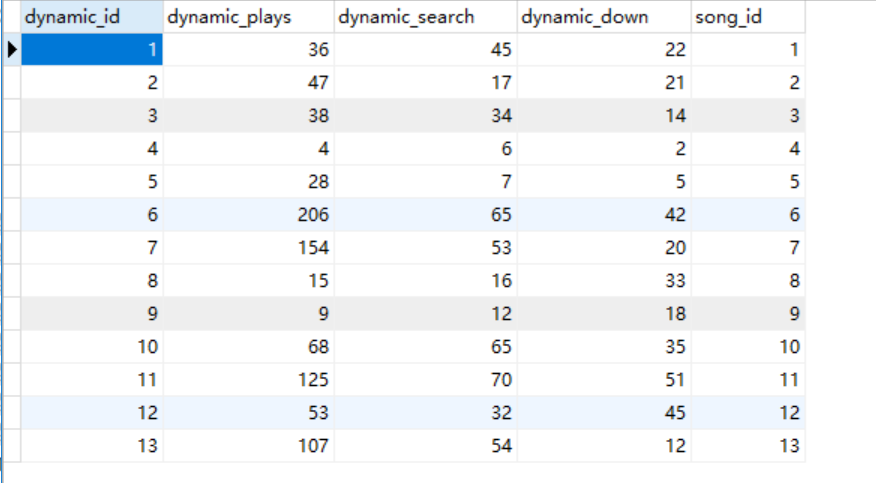python利用装饰器进行运算的实例分析
今天想用python的装饰器做一个运算,代码如下
>>> def mu(x):
def _mu(*args,**kwargs):
return x*x
return _mu
>>> @mu
def test(x,y):
print '%s,%s' %(x,y)
>>> test(3,5)
Traceback (most recent call last):
File "<pyshell#111>", line 1, in <module>
test(3,5)
File "<pyshell#106>", line 3, in _mu
return x*x
TypeError: unsupported operand type(s) for *: 'function' and 'function'
原来是不能这样弄的 函数与函数是不能运算的啊!
怎么办呢?
In [1]: from functools import wraps In [2]: def mu(x): ...: @wraps(x) ...: def _mu(*args,**kwargs): ...: x,y=args ...: return x*x ...: return _mu ...: In [3]: @mu ...: def test(x,y): ...: print '%s,%s' %(x,y) ...: In [4]: test(3,4) Out[4]: 9
Python装饰器(decorator)在实现的时候,有一些细节需要被注意。例如,被装饰后的函数其实已经是另外一个函数了(函数名等函数属性会发生改变)
Python的functools包中提供了一个叫wraps的decorator来消除这样的副作用。写一个decorator的时候,最好在实现之前加上functools的wrap,它能保留原有函数的名称和docstring。
以上所述就是本文的 全部内容了,希望大家能够喜欢。

